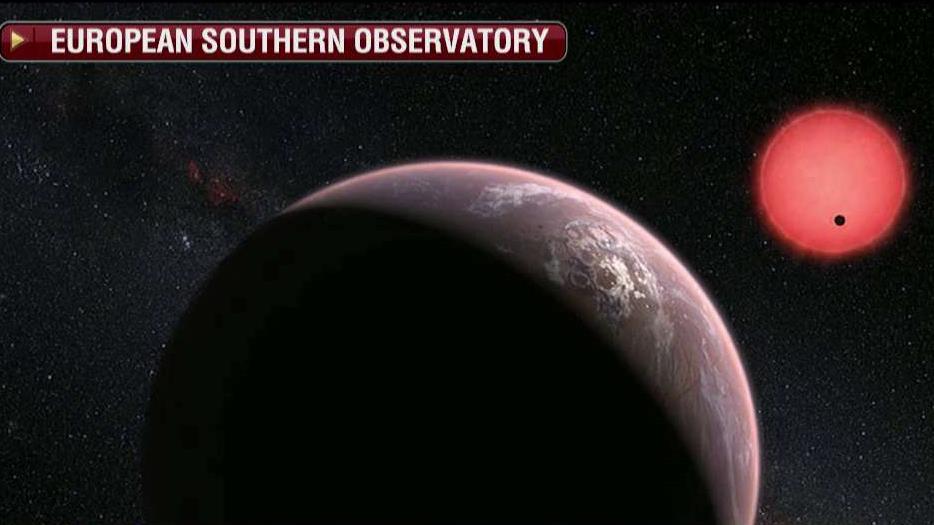Scientists See Potential for Aliens on 3 New Earth-Like Planets
In the search for life in space scientists have found three Earth-like planets approximately 40 light-years away. Popular Science Projects Editor Sophie Bushwick explains the significance of this discovery.
“This is a really big deal because we’re going to be able to study these planets more closely than we might have been able to look at other exoplanets we found. A lot of exoplanet missions are looking at stars like our own star, the Sun, stars that are large and that emit light in the visible wavelengths. But this telescope called TRAPPIST is looking at ultra-cool dwarf stars. These are stars that are an eighth the size of our Sun and they’re much cooler,” Bushwick told the FOX Business Network’s Neil Cavuto.
With this telescope Bushwick says “They found three planets, two of them are very close to the star, one of them is further away but all three of them have the potential to support life.”
Bushwick went on to explain what made these particular planets stand out as having “the potential to support life.”
“They are in the right temperature zone, they have the right temperature so that liquid water could exist on the surface. And because they are close, they are only forty light-years away, it is going to be easier for scientists to look at their atmospheres and say whether or not A, they could support life, and B, there is life there,” said Bushwick.
Bushwick then discussed the type of life scientists are looking for on other planets.
“When we say scientists are searching for life, they are searching for life that would require liquid water and something like oxygen, so that’s the kind of life we are used to here on earth so that’s what we’re looking for. Yes, there is the potential that there could be some life so totally alien that we’re not sure what to look for. It makes sense though to start with what we know,” Bushwick said.
But, because of their distance, when Cavuto pointed out that whatever images of the three planets we are getting now are from 40 years ago, Bushwick responded, “40 years is not that long in the lifetime of a planet so we’re assuming that the planets today are pretty much as they were 40 years ago. But yes, there is the potential that we’re looking at a snapshot of a planet that’s now gone or changed.”




















